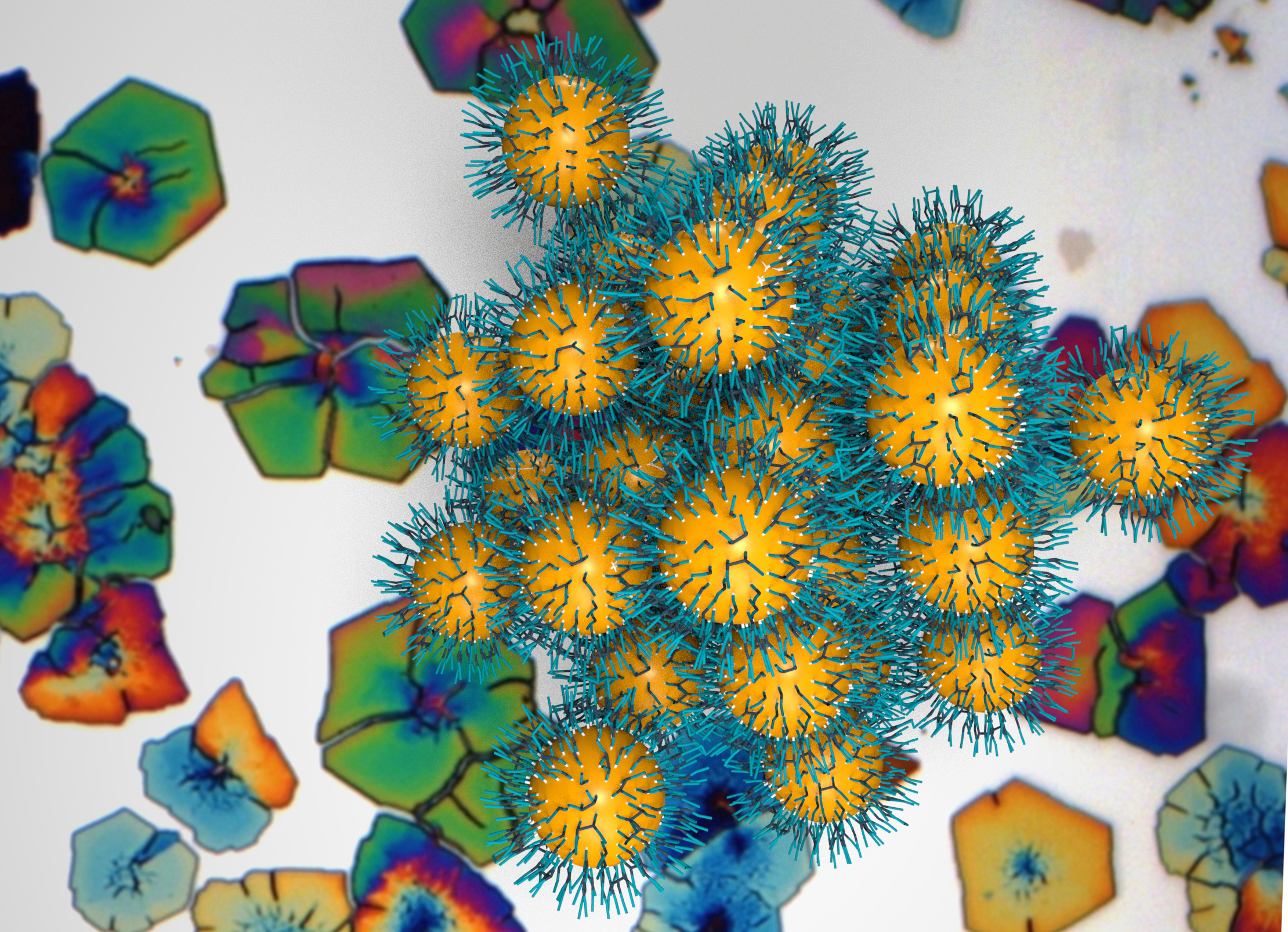
Predicting How Microbial Neighbors Influence Each Other
A new computational method reliably predicts interactions that depend on neighboring organisms in an environment.

A new computational method reliably predicts interactions that depend on neighboring organisms in an environment.

Representative communities of reduced complexity provide new experimental context for investigating how soil microbial communities function.

Researchers found that soil drying altered metabolic pathways within soil microbial communities.

Researchers create the most complete model yet of complex protein machinery.

By rotating materials commonly used in computer storage devices, scientists found a new way to change their intrinsic properties

The SNO+ Experiment, over a mile underground, places new limits on grand unified theories and studies neutrinos from the Sun

Researchers develop design rules that guide the self-assembly of crystals and frameworks into thin sheets for energy storage and other uses

Novel isotope tracking brings nanoscale chemistry into view

Novel microscopy method cuts instrument crosstalk, boosts accuracy

Ligands allow fine tuning of nanoparticle superstructure properties

A new electron microscopy technique brings to light a plastic material’s atomic structure and has implications for renewable plastic.

3D printing enables new shapes and sizes for biomedical devices